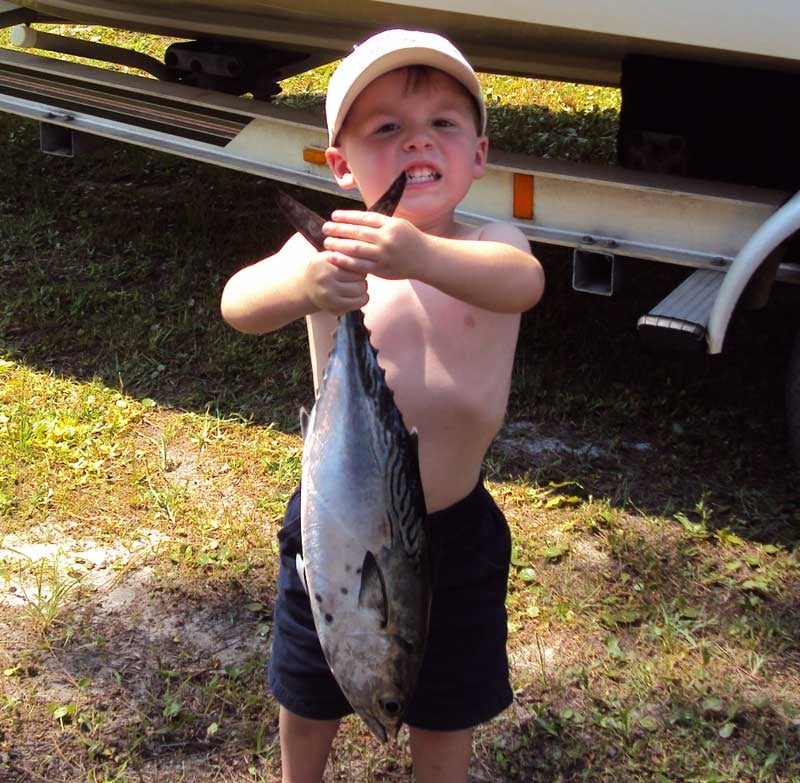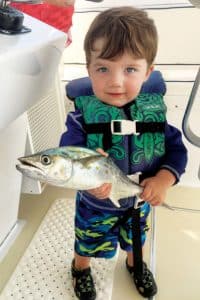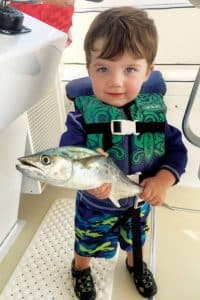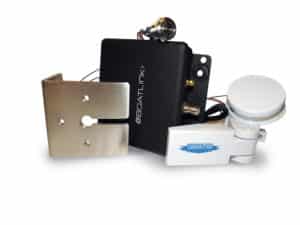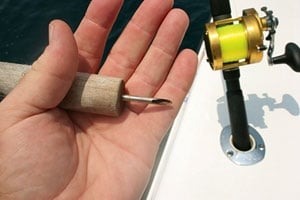
“Vent” A Fish
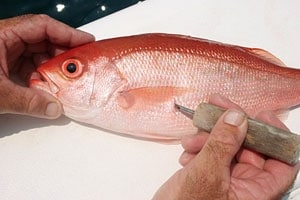
“Vent” A Fish
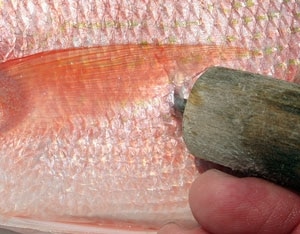
“Vent” A Fish
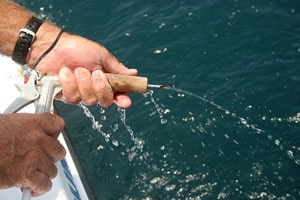
“Vent” A Fish
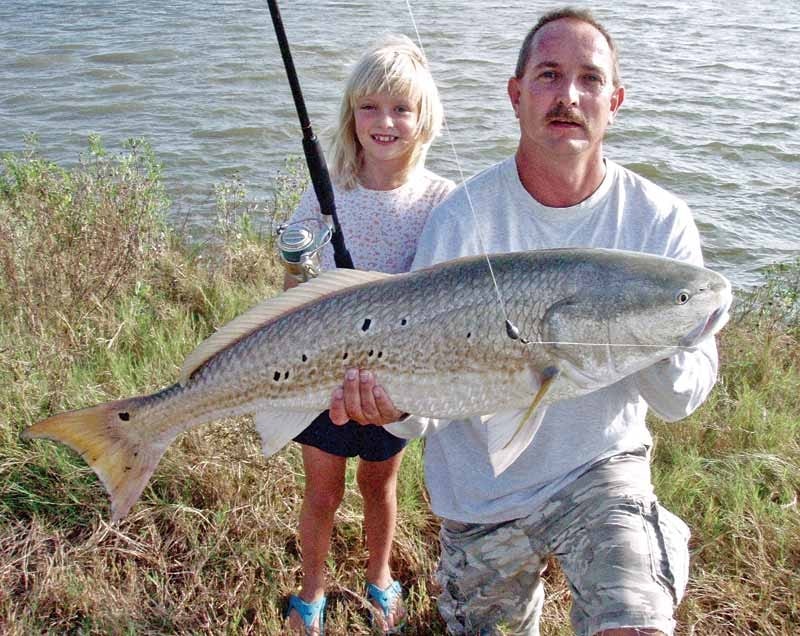
Melbourne, Florida Anna loves to fish with her dad for redfish and trout. Her biggest redfish was 43 inches long, and her biggest trout was 31 inches, plus she has won three kids saltwater fishing tournaments. But Anna’s most important accomplishments have been as a volunteer. She and her dad, Paul MacInnis, teach a class on fishing safety at Hook Kids on Fishing seminars all over the state of Florida. They have taught fishing safety to over 2,000 kids and their parents. Now that’s something to brag about! Find out how to nominate your Salt Water Kid here!
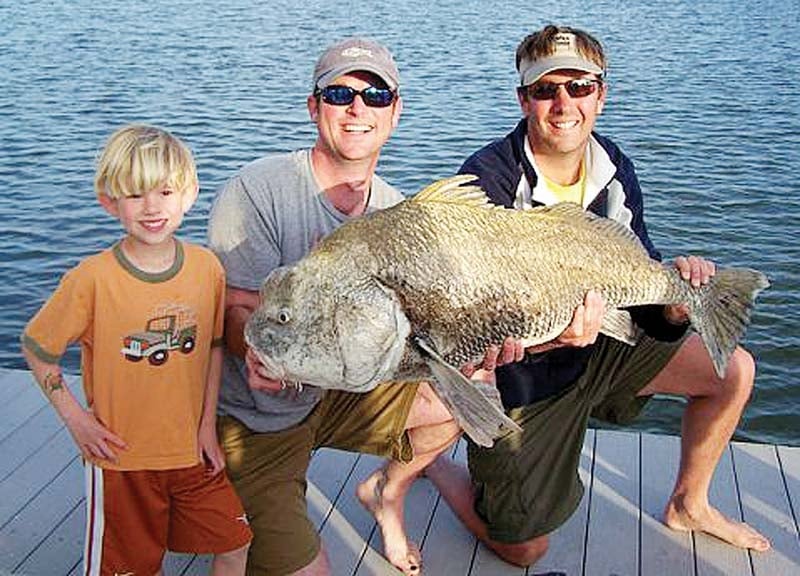
“Vent” A Fish
Austin, Texas During spring break, 6-year-old Jackson sat on the dock all day with his 6-pound-test Zebco, free-lining fresh dead shrimp on the bottom instead of playing with his friends. After he caught a few catfish over a few hours, Jackson (left) started screaming for help, his little Zebco bent over and the line peeling out. After an hour-and-a-half fight, with the whole neighborhood cheering him on, Jackson landed this 41-pound black drum, which he named Big Ugly. After taking some pictures, he let Big Ugly go to fight another day.
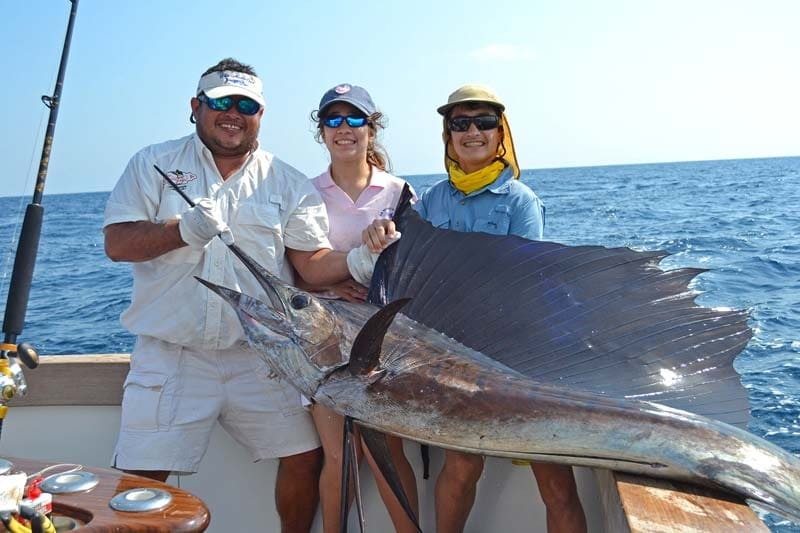
“Vent” A Fish
San Juan, Puerto Rico Patrica’s father, Gonzalo Ferrer Jr., appeared in Salt Water Sportsman’s 50th anniversary issue, in 1989, with the 56-pound white marlin he’d caught in Cozumel, Mexico, at the age of 8, in 1977. Gonzalo Jr. and his father, Gonzalo Ferrer Sr., recently took Patricia (center) and her cousin, Gabriel Pi’ol (right), 14, to Iztapa, Guatemala, where the kids caught and released 25 Pacific sailfish each, most of them in the 100-pound range. Gonzalo Sr. says his two grandchildren are now full-fledged light-tackle anglers. Sounds like a trait that runs in the family.
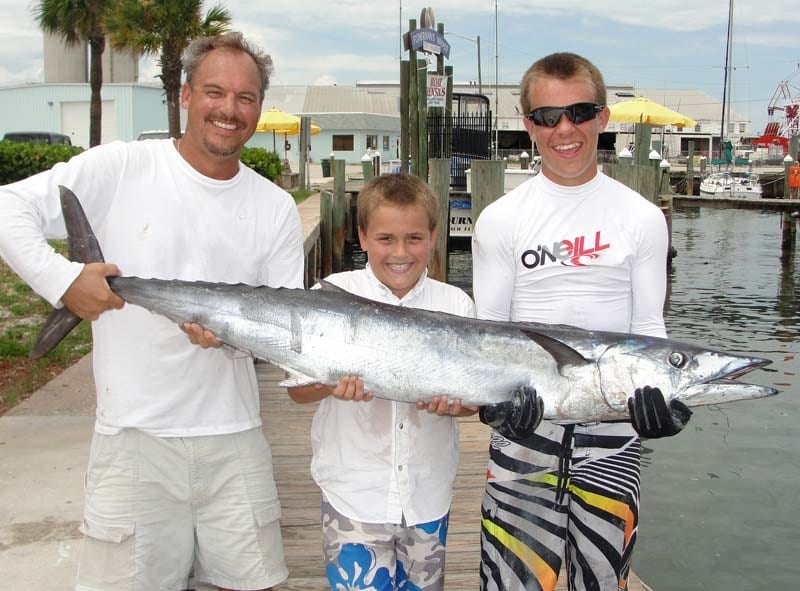
“Vent” A Fish
Orlando Florida
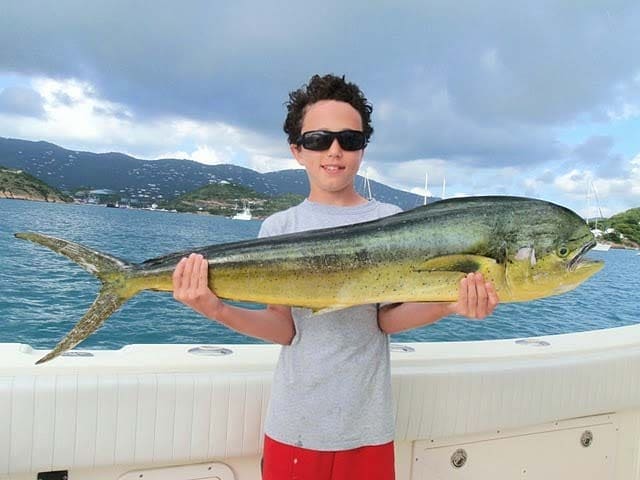
“Vent” A Fish
Asheville NC
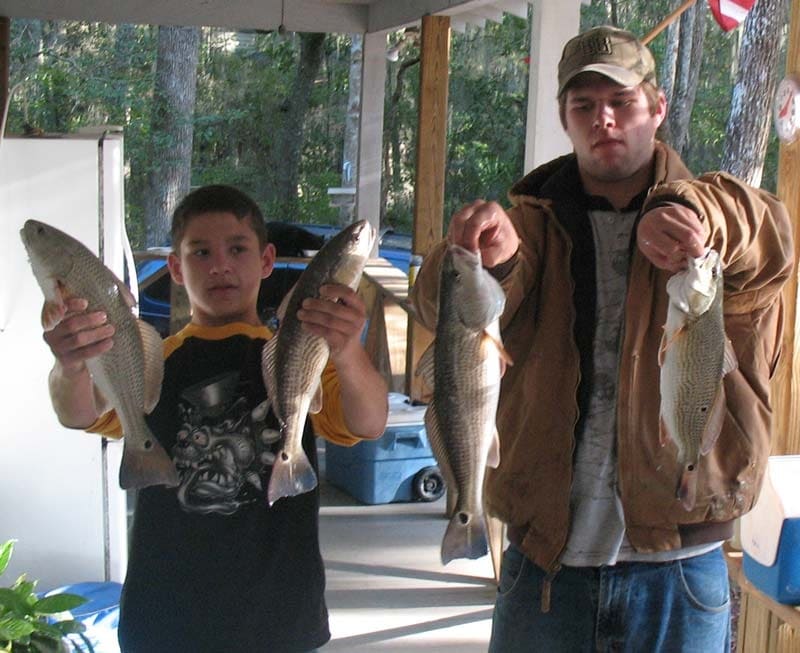
“Vent” A Fish
McIntosh County, Georgia
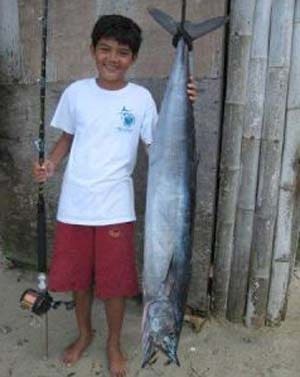
“Vent” A Fish
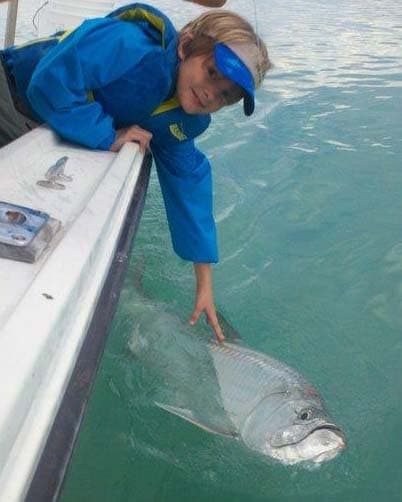
“Vent” A Fish
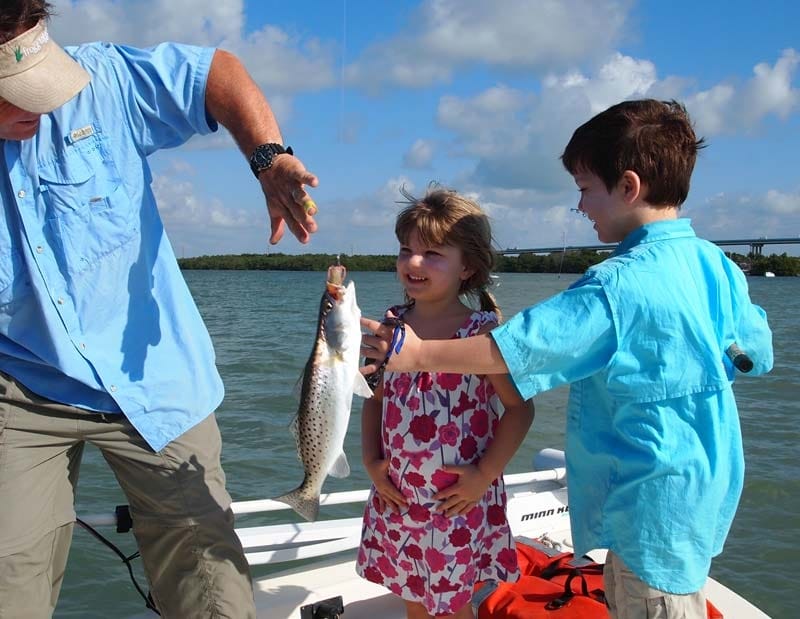
“Vent” A Fish
New Castle, DE
